✪✪✪✪✪ http://www.theaudiopedia.com ✪✪✪✪✪ What is ACTIVE STRETCHING? What does ACTIVE STRETCHING mean? ACTIVE STRETCHING meaning – ACTIVE STRETCHING definition – ACTIVE STRETCHING explanation. Source: Wikipedia.org article, adapted under https://creativecommons.org/licenses/by-sa/3.0/ license. SUBSCRIBE to our Google Earth flights channel – https://www.youtube.com/channel/UC6UuCPh7GrXznZi0Hz2YQnQ Active stretching eliminates force and its adverse effects from stretching procedures. Active stretching stimulates and prepares muscles for use during exercise. Active stretches not only stretches the muscles and tissues, but prepares the muscles for the action by activating and warming them up. Before describing the principles on which active stretching is based, the terms agonist and antagonist must be clarified. Agonist refers to actively contracting muscle or muscles while their opposing muscles are termed antagonists. The neuromechanisms conceptualized by Sir Charles Sherrington (1857 – 1956), “the philosopher of the nervous system”, as applied to active stretching are: 1. Reciprocal inhibition — While agonist muscles contract, contraction of the opposing antagonist muscles is inhibited. (Such as when alternately flexing and extending one’s elbow.) 2. Muscle spindles — Sensory nerve endings in muscle detect the change in length of the muscle and its rate of change. Force applied to a muscle stimulates the muscle spindles which activate protective reflexes resulting in contraction of that muscle. (Such as the knee jerk response of neurological testing procedures.) While necessary for sports and ordinary motions, this protective reaction is counterproductive for stretching, i.e., lengthening muscles.

What is ACTIVE STRETCHING? What does ACTIVE STRETCHING mean? ACTIVE STRETCHING meaning
- Post author:
- Post published:June 16, 2021
- Post category:Uncategorized
- Post comments:0 Comments
You Might Also Like

Raw Pressery | All Fruits. No Additives.
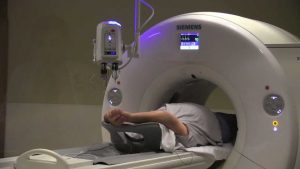
A Minute for Your Heart – Cardiac CT Scan
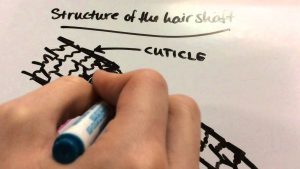
Structure And Growth of Hair

flexibility and stretching

Shoulder Press 21s

Intermittent Fasting & Fasting Video – 4

3D CT Angiography in the evaluation of Intra Cranial Aneurysms – Seminar PPT Presentation

How to Build Running Stamina

Posterior ECG

Dumbbell Pullover – Chest Exercise
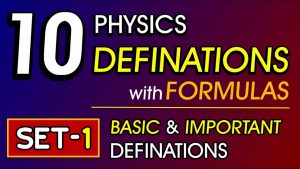
Basic Physics Definitions (10) with Formulas/Important Definitions of Physics Basic Properties/SET-1

Otorhinolaryngology Video – 4

Stress, hormones and weight gain connection
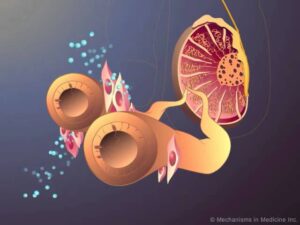
Testosterone Production

9 Nutrition Rules for Building Muscle | Jim Stoppani’s Shortcut to Strength

Which body type do men REALLY like best?
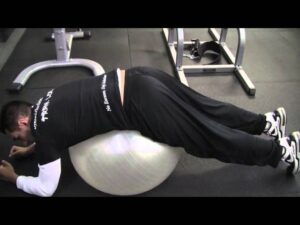
How to Do Reverse Hypers with a Swiss Ball
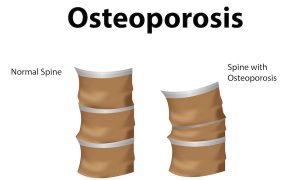
What is Osteoporosis?
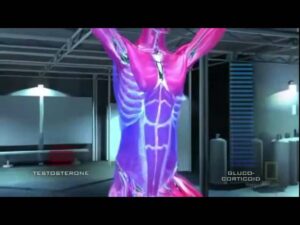
HowSteroidsWork
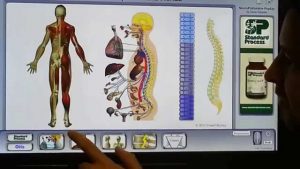
Erectile Dysfunction Nerve Inflammation

What does pantoprazole mean?

Spa Marketing Video – 2
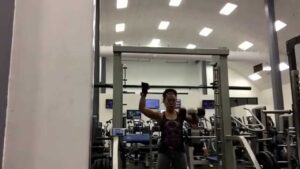
Shoulders single arm front raises isolating delts 4×12 25#s DB here. SS with bend over side raise

Pantoprazole tablets

How to Warm Up | Running

Vegans Starting To Get High Cholesterol?! Why?

Silymarin – Rejuvenate your Liver
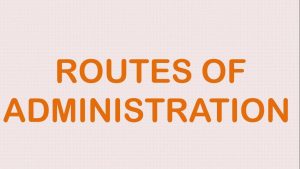
Routes of administration

Telmisartan and Amlodipine Will Treat High Blood Pressure – Overview

Modern Pentathlon Video – 1
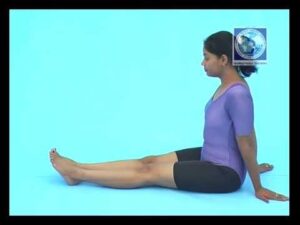
quadriceps strengthening exercises Quadricep drill static
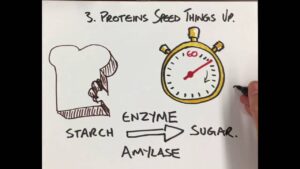
What is a protein?

Vitamins & Minerals: Dietary Intake Definitions
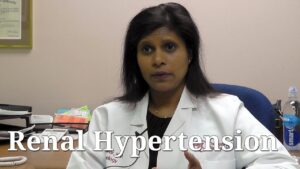
What is renal hypertension? – Ask ADC video
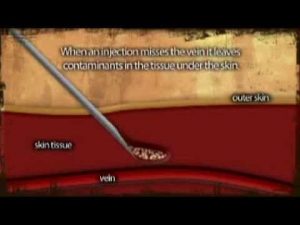
AIVL Vein Care Guide Abscess Formation Animation
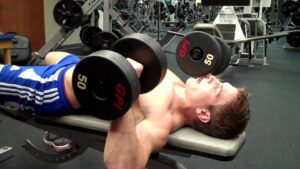
How To: Dumbbell Chest Press
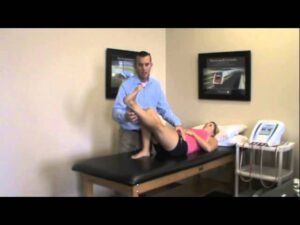
Physiotherapy in Rehabilitation Video – 13
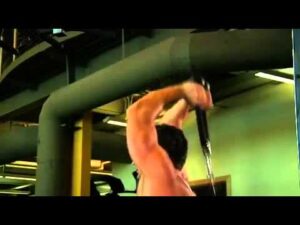
Triceps – Cable Rope Overhead Triceps Extension Exercise Guide

Nutrition Physiology Video – 2

“Champion” Bodybuilding inspiration
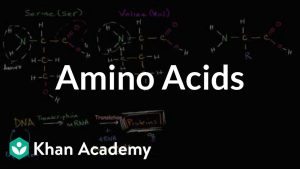
Introduction to amino acids | Macromolecules | Biology | Khan Academy

